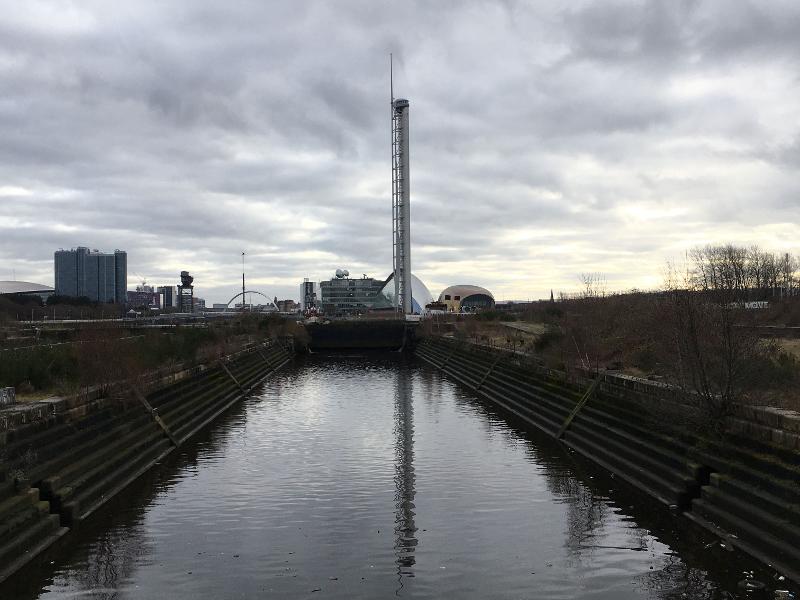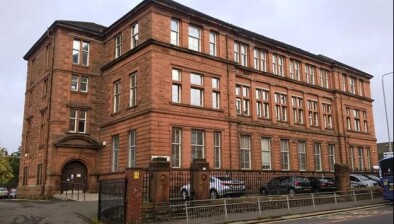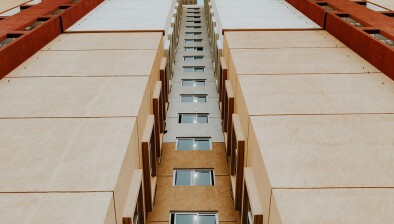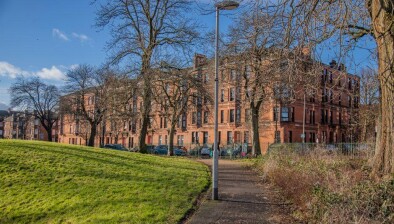Glasgow’s vacant land levels continue to fall as five city projects receive funding

Govan Graving Docks
Glasgow City Council has announced £5.57 million of funding to regenerate five vacant land projects after a report confirmed the continued fall in derelict sites in the city.
The fall in derelict and vacant land between 2021 and 2022 was 32 hectares (4% of the total), down to 848 hectares. This is an area equivalent to 45 full-sized football pitches and continues a trend that has been ongoing for well over a decade, as such sites are successfully unlocked for development.
The number of vacant and derelict sites also fell, from 644 to 619. Most of these reductions came from the building of new homes, with new leisure, recreation and greenspaces also contributing.
This trend important to the city as derelict land is a blight on local communities and disproportionately affects those areas suffering from multiple deprivation, as well as acting as a brake on Glasgow’s economic potential.
The five projects receiving funding from the Scottish Government’s Vacant and Derelict Land Investment Programme (VDLIP) are as follows:
- Govan Graving Docks - £2.368m for the restoration of public realm and open space, including environmental improvements, and maintenance and improvement of site’s green infrastructure;
- North Maryhill TRA Green Infrastructure - £1.45m for green infrastructure improvements, including creation of greenspace, public realm, paths & community growing space.
- Greening Royston - £797,000 for the creation of green community space at Provanhill Street, including areas of planting and paths.
- Cadder Woods - £773,000 for the enhancement of woodland habitat and biodiversity.
- Community Net Zero hub - £182,000 for the transformation of derelict old changing rooms in Queen’s Park Recreation Ground into a community net zero hub.
Glasgow has also been awarded £1.95m from the Scottish Government’s Vacant and Derelict Land Fund for 2023/24.
The support from these funding streams will be crucial in terms of tackling the issue of vacant and derelict land in the city, but further action is also needed, including: continued public sector investment to remediate sites for beneficial use, particularly housing-led regeneration projects, economic development, and temporary/permanent greening; and continued support for the private sector, to address constraints to development of vacant or derelict sites; and relaxation of the Scottish Government’s site eligibility criteria.
Councillor Kenny McLean, convener for Development and Land Use at Glasgow City Council, said: “The continued reduction in vacant and derelict land in Glasgow is good news for a number of reasons. While there can often be complex reasons for sites remaining derelict or vacant, they nonetheless act as a blight on communities which could otherwise benefit economically, socially or environmentally, and it is great to see so many new homes and other facilities being built on this land. We will continue to work with our partners in the public and private sectors to bring more of these sites back to productive use.”








